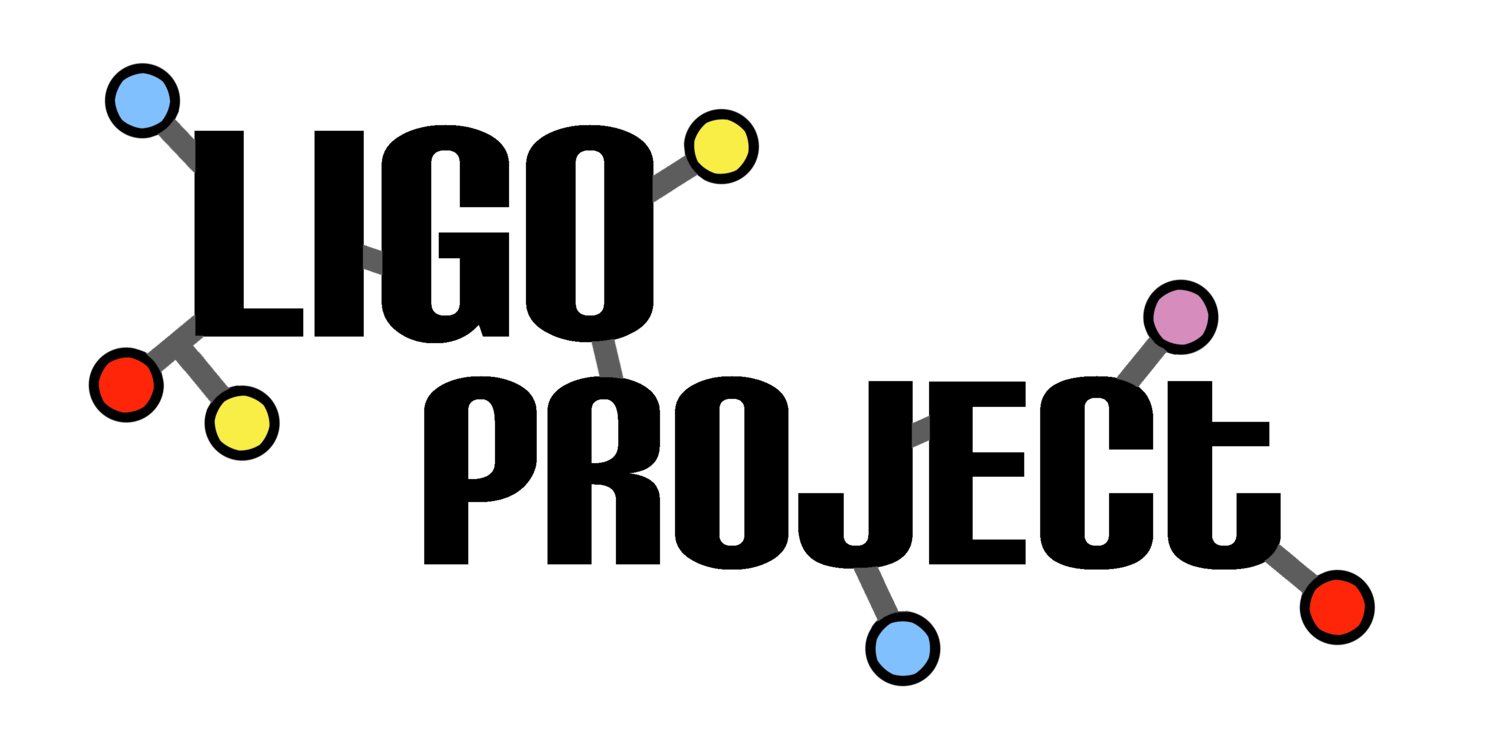Visualizing the research process
/Featuring
- John Petrini (Molecular Biologist)
- Tanya Chaly (Visual Artist)
Overview
Work in the Petrini lab is focused on understanding the specific protein complexes that regulate chromosomal repair; these are often associated with cancer predisposition. A major goal is to understand what role these complexes and the process of DNA repair play in the onset and progression of cancer.
As Petrini describes it, “if you just think about one cell it’s a really interesting problem in three dimensions for a cell to understand where the break is. The fact that they’re signaling teleologically [with purpose] implies that there is a mechanism by which the cell knows when it’s broken. So there’s a 3-dimensional problem which signaling has to address and essentially there’s a 4th dimension of time because you’ve got to deal with the problem in a timely fashion.”
Chaly was impressed and fascinated by the many components of the research. "I took this as my starting point and decided to produce an installation that comprises several differing units, referring to a variety of elements of the research process and its applications – both visual and conceptual."
The title of this piece "Exquisite Dependence" was inspired by the following quote: “We live in a society exquisitely dependent on science and technology, in which hardly anyone knows anything about science and technology” -Carl Sagan
"I incorporated the whiteboard notes, data and diagrams from the labs research papers. I chose a deep vibrant blue ground for some of the drawings as a reference to the incredible colors I saw under high-powered microscopes of the stages of cell division. The molecules are either drawn floating loosely on a ground suspended in space, or punctured through from behind appearing as a more sculptural motif. This suggests the idea of searching for something not yet seen or fully realized. The mice are presented contained, isolated individuals, specimens framed under convex glass. They are placed underneath the drawings as a support or foundation of the installation, the symbolic basis from which the research originates. The colored labels are from the lab’s mouse colony, dissection pins ax them to the wall, a color-coded marker but also placement as tombstone, honoring and acknowledging the contribution these animals make. Lastly, a small drawing at the base of the installation, the backbone on which all the research rests, the symbol from Greek mythology of healing, medicine & health, the Staff of Asclepius."
Bios
John Petrini
https://www.mskcc.org/research-areas/labs/john-petrini
John is a Molecular biologist investigating the repair of chromosomal breaks and the activation of the DNA-damage-induced cell-cycle proliferation checkpoints. Work in his laboratory is focused on understanding the molecular transactions that govern chromosome stability, replication, and repair. He is interested in these processes because cancer predisposition and other pathologies are often associated with mutations that affect chromosomal metabolism. In this regard, his lab focuses on a conserved multi-protein complex that includes Mre11, Rad50, and Nbs1 in mammals or Xrs2 in the budding yeast S. cerevisiae.In the long term, he hopes to understand what role this complex in particular and the process of DNA repair in general play in the onset and progression of malignancy.
Tanya Chaly
http://tanyachaly.com
I am a visual artist working across a variety of mediums using painting, drawing and printmaking. In my practice I examine ideas of the Natural World; the history of Natural Science, notions of nature and classifications of Wilderness and the fetishization of Nature. I have currently been looking at Ecosystems, both the macro and micro relationships within these systems. She creates layered and involved worlds drawing on a wide range of influences from Gothic, Primitivism, Eastern Philosophy, Psychology, and the Natural Sciences.
